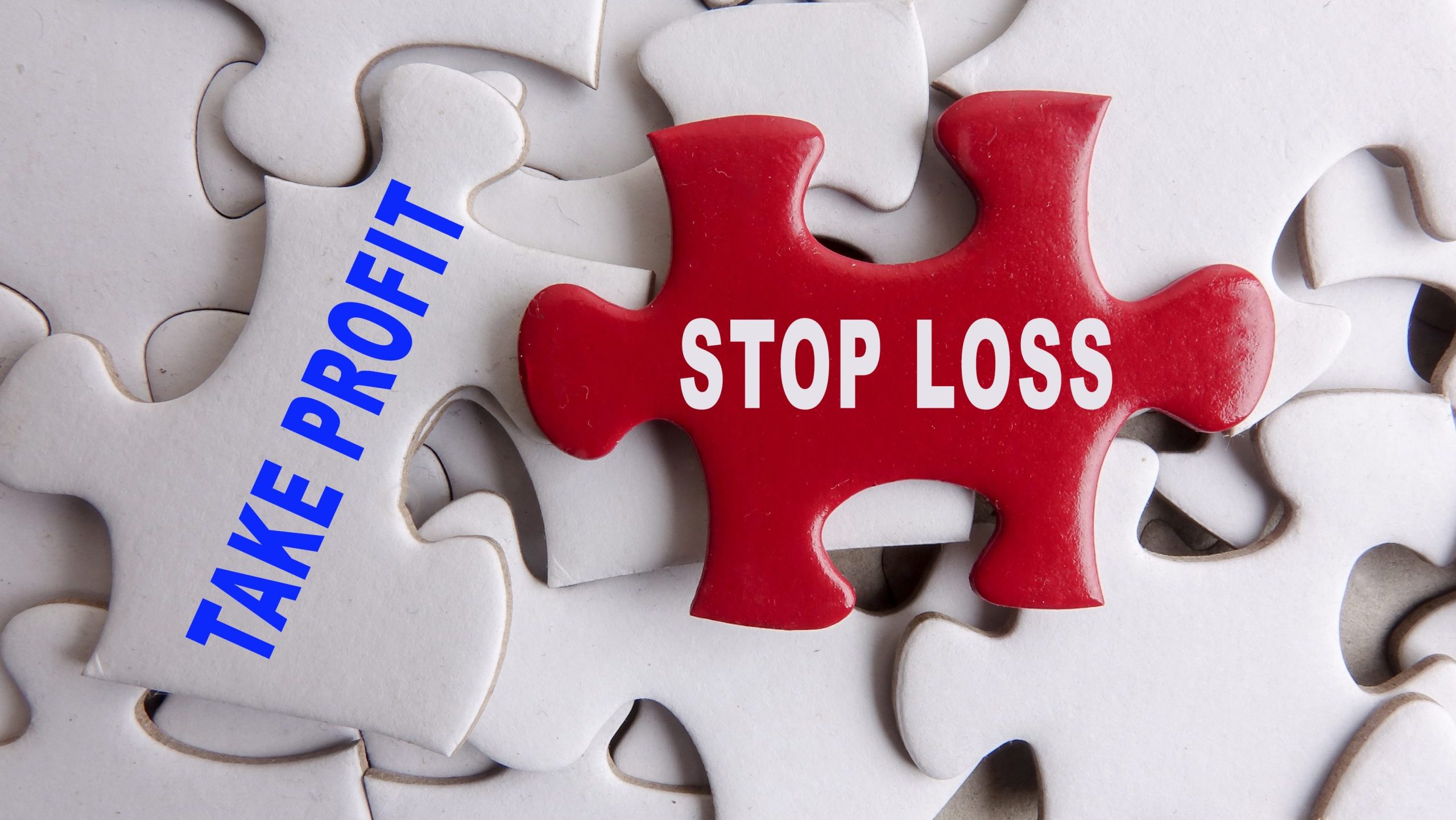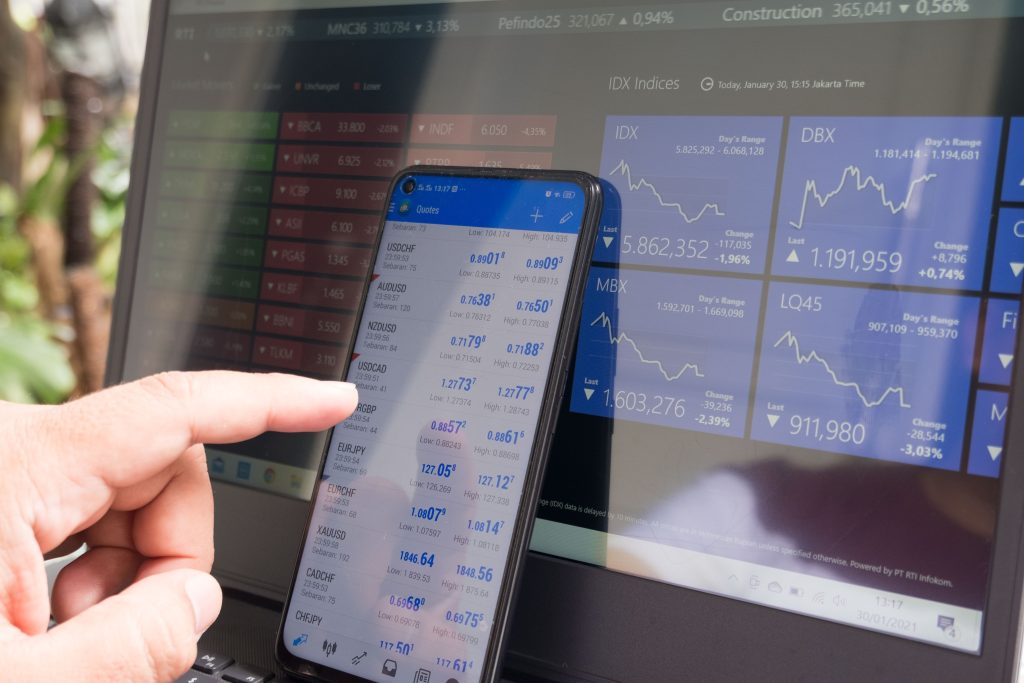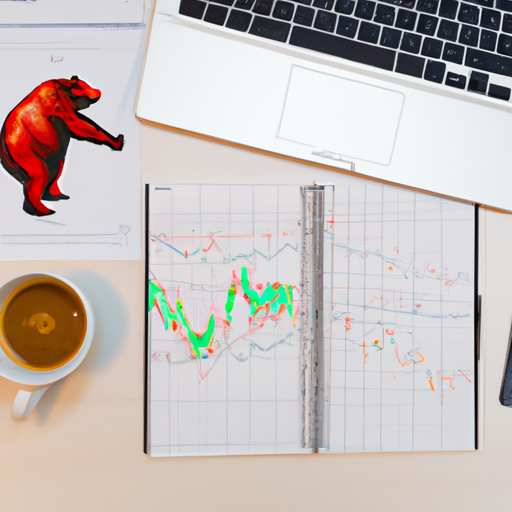
In the dynamic world of trading, the key to success often comes down to mastering the basics. That’s precisely what you’ll learn to perfect with the guide “How Do I Place A Trade And Set Stop-loss And Take-profit Levels?” This resource breaks down the crucial process of placing trades and strategically setting your stop-loss and take-profit levels. Equipping yourself with this fundamental knowledge could dramatically increase your odds of successful trading experiences! So, brace yourself for a journey that will unlock the secrets of trading, one step at a time.
Understanding Trading Basics
Before diving into the intricacies of stop-loss and take-profit levels, let’s establish the basics of trading. Trading is the act of buying and selling financial instruments like stocks, bonds, commodities, or currencies with the aim of making a profit. It is one of the key mechanisms that drive economic growth and facilitate commerce.
Definition of Trading
Trading essentially involves buying a financial instrument at a low price and selling it at a higher price or vice versa, depending on the strategy you’re following. If the timing is right and the market conditions are favorable, you stand to make quite a handsome profit.
Importance of Trading in the Financial Market
Trading plays a pivotal role in the financial market. It provides liquidity, determines market prices, encourages investments, and participates in capital formation. From the perspective of individual traders, it offers an avenue to maximize wealth, hedge risks, and even turn trading into a full-time profession. Without trading activity, financial markets would be stagnant and inefficient.
Different Types of Trading
There are several types of trading to choose from, each requiring a different skill set and approach. There’s day trading, where transactions are opened and closed within one trading day. Then you have swing trading, which typically involves holding trades for a few days to weeks. Position trading and long-term investing, on the other hand, are more patient, holding onto trades for months or even years.
Getting to Know Stop-loss and Take-profit Levels
Stop-loss and take-profit levels are two fundamental elements in trading. Mastering their concepts and uses can make a significant difference in your trading results.
Definition and Use of Stop-loss
A stop-loss order is designed to limit potential losses on a trading position. It automatically closes your trade once the price reaches a specified level that you’re no longer comfortable with. This tool is critical in risk management as it helps contain losses when the market goes against you.
Definition and Use of Take-profit
A take-profit order, on the other hand, allows you to lock in profits when the price achieves a predetermined level. This order ensures that you don’t miss out on your profit potential should market conditions quickly reverse. It’s a way to secure profits without having to monitor your trades continuously.
Significance of Stop-loss and Take-profit in Trading
Stop-loss and take-profit orders are integral in managing risks and optimizing profits. They’re especially useful in volatile markets where price swings can be erratic and fast-moving. Using these order types can help mitigate emotional trading decisions and implement your trading strategy more accurately and efficiently.
Steps to Place a Trade in a Financial Market
Placing a trade might seem intimidating at first, but by following these simple steps, you can make it a smooth process.
Identifying the Trade
The first step is identifying the potential trade. You’ll have to analyze the market, watch out for trends, patterns, or any signals that indicate a good trading opportunity.
Choosing the Financial Instrument
Next, you need to choose which financial instrument to trade. It could be stocks, forex, futures, or anything else. This decision should align with your trading strategy, financial goals, and risk tolerance.
Deciding the Trade Size
Then, you have to determine your trade size. This is how many units of the asset you want to buy or sell. It’s essential to keep your trade size proportionate to your account balance to avoid overexposure.
Setting the Order Execution
Now it’s time to set the order type. It could be a market order, which executes the trade instantly at the current market price, or a limit or stop order, which initiates the trade at a particular price level.
Confirming and Placing the Trade
Lastly, review all the details of your trade and confirm the transaction. Take a final check on the financial instrument, trade size, order type, and especially your stop-loss and take-profit levels. Once everything looks good, place your trade.
Setting Stop-loss Level
A stop-loss order can be your savior in adverse market conditions. Here’s how you can set one.
Understanding Stop-loss Order
As mentioned earlier, a stop-loss order is used to limit your potential losses. This order type is especially handy when you aren’t able to monitor your trades all the time. By setting a stop-loss, you’re essentially ‘stopping’ any further ‘loss’ beyond that point.
Determining the Stop-loss Point
To set a stop-loss order, you have to first determine the stop-loss point. This is the price level at which your trade will be closed should the market move against you. It’s best to use technical analysis tools or indicators to find a logical point where you can admit that your trade idea was wrong.
Setting the Stop-loss Level in the Trading Platform
Once you’ve identified your stop-loss point, enter that level into your trading platform when you place your trade. This process could vary slightly based on the platform you’re using but is generally straightforward.
Adjusting the Stop-loss Level
And remember, stop-loss is not a set-it-and-forget-it tool. There might be instances where you need to adjust your stop-loss level according to changing market conditions or a revised trading strategy. Keep an eye on your open trades and make the necessary modifications when needed.
Determining Take-profit Level
Similar to a stop-loss order, a take-profit order is crucial in securing your profits.
Understanding Take-profit Order
A take-profit order is set to close your trade once it reaches a certain level of profit. It helps you capture profits at the right moment before the market can take them away.
Determining the Take-profit Point
To define a take-profit level, you need to identify a reasonable price that the market is likely to reach based on your analysis. This point should represent a good profit potential relative to your risk exposure.
Setting the Take-profit Level in the Trading Platform
Just like with stop-loss, once you’ve figured out your take-profit point, you can enter it into your trading platform when you place your trade. This would ensure your trade is automatically closed once the take-profit level is reached.
Adjusting the Take-profit Level
And similar to stop-loss orders, it’s essential to review and adjust your take-profit levels as market conditions or your trading strategy evolves.
Ways to Determine Stop-loss and Take-profit Levels
Now, let’s get into some strategies you can use to define your stop-loss and take-profit levels.
Using Technical Analysis
Technical analysis involves studying price charts, identifying trends, and using technical indicators. This method can help you find logical points to set your stop-loss and take-profit orders.
Applying Financial Indicators
Financial indicators such as moving averages, relative strength index (RSI), or Bollinger Bands can also aid in defining your stop-loss and take-profit levels. These indicators can provide insights about price momentum, volatility, and trends.
Following the Economic Calendar
Economic events can cause significant price movements. By keeping an eye on the economic calendar and adjusting your stop-loss and take-profit levels accordingly, you can save yourself from unnecessary losses or missed profits.
Considering Current Market Conditions
Finally, always consider current market conditions. Are the markets volatile, or are they relatively calm? Is the trend going up or down? Answering these questions can help you make informed decisions on your stop-loss and take-profit levels.
Common Mistakes in Setting Stop-loss and Take-profit Levels
While setting a stop-loss and take-profit can help maximize your trading success, there are a few common errors you should avoid.
Placing Too Close to the Market Price
Setting your stop-loss too close to the opening price exposes your trade to the risk of being closed prematurely due to normal market fluctuations.
Setting Unrealistic Take-profit Levels
Similarly, setting your take-profit level too far from the opening price might result in missed profit opportunities as the price might reverse before reaching such a level.
Ignoring Market Volatility
Market volatility can affect the movement and behavior of price levels. Ignoring this can lead to your stop-loss or take-profit levels being hit unexpectedly.
Failing to Adjust According to Market Changes
Trading is dynamic, and market conditions are ever-changing. Failing to adjust your stop-loss and take-profit levels can result in unnecessary losses or missed profits.
Effective Strategies in Using Stop-loss and Take-profit
There are several strategies you can adopt when using stop-loss and take-profit levels to acquire the best outcomes.
The 1:3 Risk/Reward Ratio Strategy
The 1:3 risk/reward strategy ensures that your potential profit is always three times more than the risk you are willing to take. This approach can amplify your winning trades and reduce the impact of your losing ones.
The Trailing Stop-loss Method
The trailing stop-loss method involves adjusting your stop-loss level as the market price moves in the direction of your trade. This way, you can secure your profits while giving the trade more room to grow.
The Fibonacci Retracement Levels Strategy
The Fibonacci retracement levels strategy involves using Fibonacci levels to predict potential reversal points in the market. These levels can then be used to set optimal stop-loss and take-profit orders.
The Use of Pivot Points
Pivot points are technical analysis tools used to determine potential support and resistance levels. Using these as your stop-loss and take-profit levels can improve your trading results.
Leveraging Technology in Setting Stop-loss and Take-profit Levels
Even though knowledge and skills are key in trading, technology can assist in making the process more seamless and efficient.
Pros and Cons of Using Trading Bots
Trading bots can automate the trading process, including setting stop-loss and take-profit levels. They can offer the advantages of speed, accuracy, and the ability to trade 24/7. However, they also carry risks such as system failures and lack of human judgment.
Utilizing Trading Software to Automate the Process
Trading software encompasses various tools and platforms designed to aid in executing trades, analyzing markets, setting stop-loss and take-profit orders, and more. They can help streamline your trading process, but it’s essential to choose software that fits your needs and to understand how to use it properly.
Mobile Apps for Trading and Managing Orders
With the proliferation of smartphones, several efficient mobile apps offer trading capabilities and the convenience of managing trades on the move. They offer a host of features, including setting stop-loss and take-profit levels, and can be a valuable addition to your trading toolkit.
Additional Tips for Successful Trading
While mastering stop-loss and take-profit techniques is crucial, it’s equally important to keep in mind other aspects of successful trading.
Maintaining Discipline in Trading
Trading discipline involves making trading decisions according to a well-thought-out plan instead of on a whim or driven by emotions. Maintaining discipline can help avoid common mistakes and enhance trading performance.
Adopting Sound Money Management Techniques
Proper money management techniques, such as not risking more than a certain percentage of your trading capital on a single trade, can help safeguard your trading account and ensure its longevity.
Always Keeping a Trading Journal
A trading journal can help keep a record of your trades, thoughts, and emotions. By regularly reviewing and analyzing this journal, you can learn from your successes and mistakes and become a better trader.
Continuing Education and Learning in Trading
Finally, remember that the world of trading is always evolving. To keep up, it’s essential to continually educate yourself and stay updated with market trends, new strategies, and trading tools.
In conclusion, understanding how to place a trade and effectively set stop-loss and take-profit levels is a critical part of trading. It may seem complex at first, but with practice, analysis, and proper risk management, you can gradually enhance your trading skills and improve your performance in the trading market.








